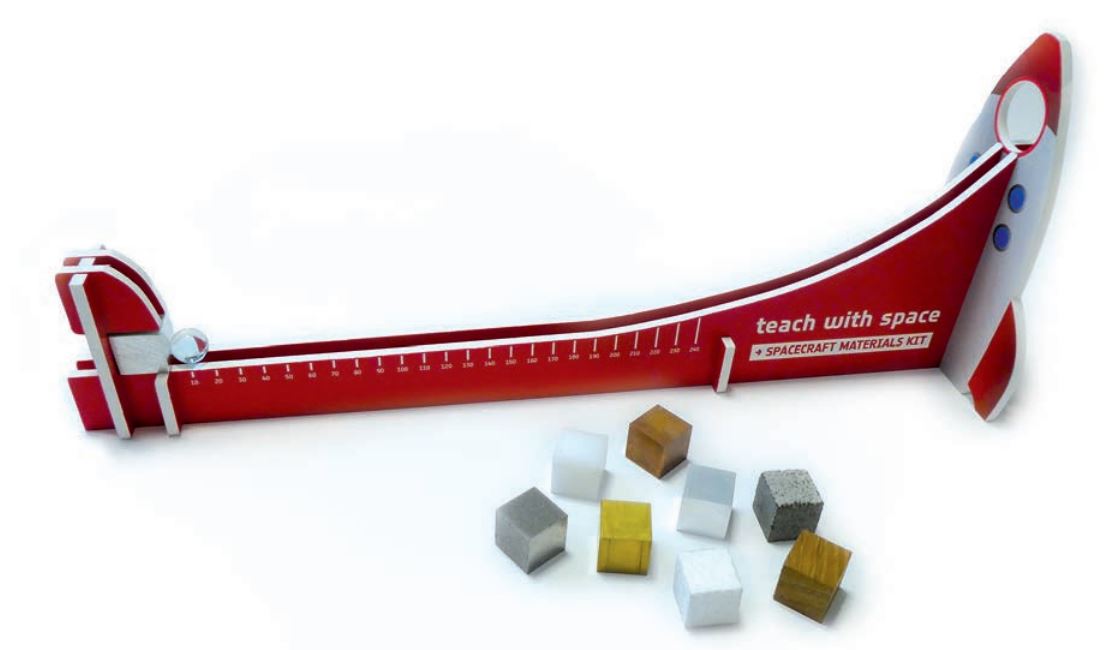Spacecraft Materials Kit
Subject: Science, Physics, Technology
Experiment, compare and group together everyday materials on the basis of their properties:
- resistance to impacts
- magnetism
- electrical conductivity
- thermal conductivity
- and measuring mass.
The Spacecraft Materials Kit is a box containing six sets of cubes made of a variety of materials, as well as all the necessary equipment for testing the cubes.
You can borrow the kit through your local ESERO office. Use the contact details of your national ESERO on your national country page to find out about the loan procedure in your country, as well as to get the documents translated into your national language.
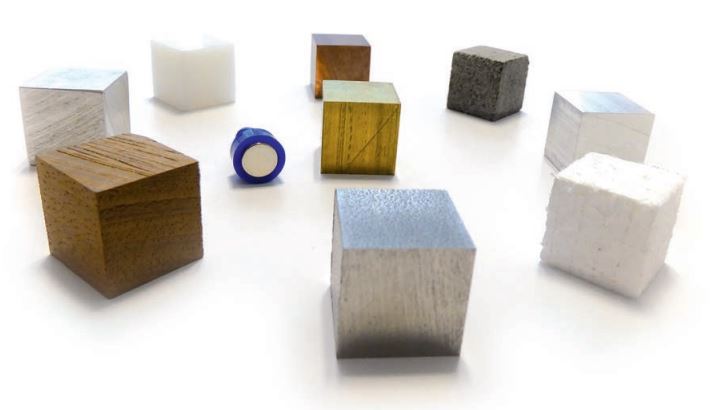
Visual instructions describing how to set up and use the kit.
An ESA scientist explains to pupils which materials are useful for building spacecraft, and challenges pupils to investigate different materials themselves.
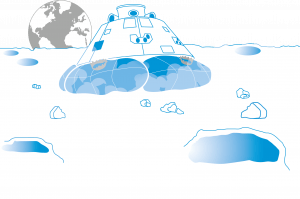
Landing on the moon – Planning and designing a lunar lander
Brief description: In this set of activities, students will plan, design and build a landing module to secure the survival of the crew (in the
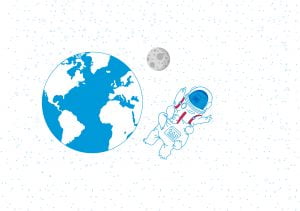
Could life survive in alien environments? – Defining environments suitable for life
Brief description: In this activity, students will consider whether life found in extreme environments on Earth could survive elsewhere in the Solar System. Students will
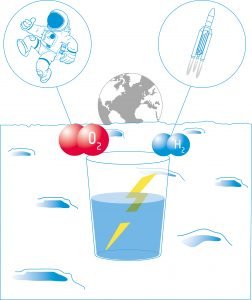
Power from Water – How to produce oxygen and hydrogen on the Moon
Brief description: In this set of three activities, students will learn about electrochemistry. In the first activity, they will build a voltaic pile – a



